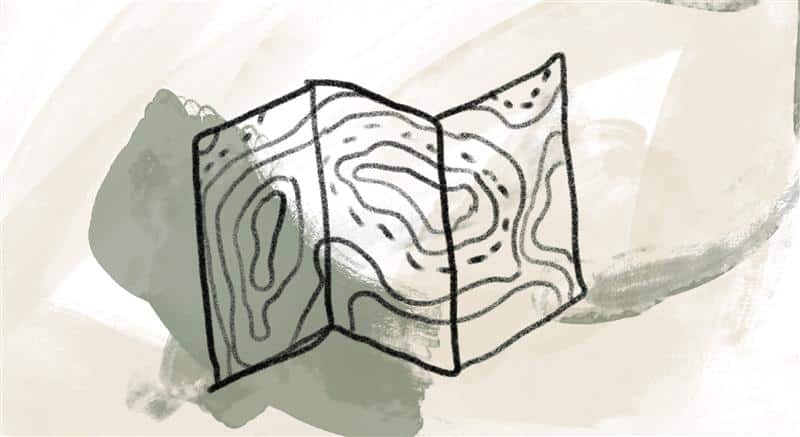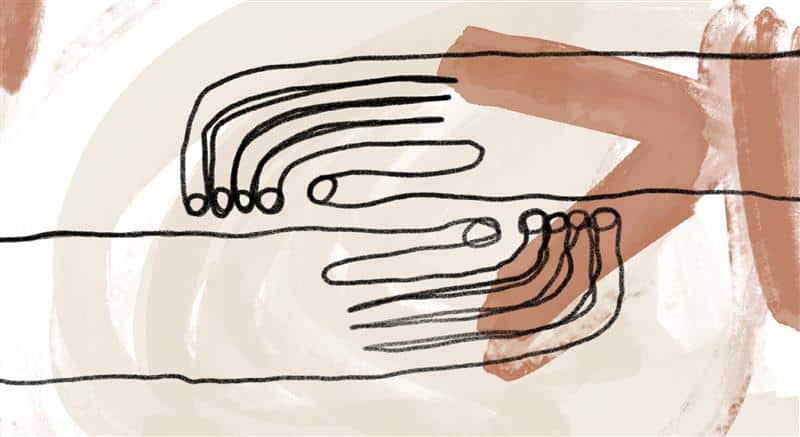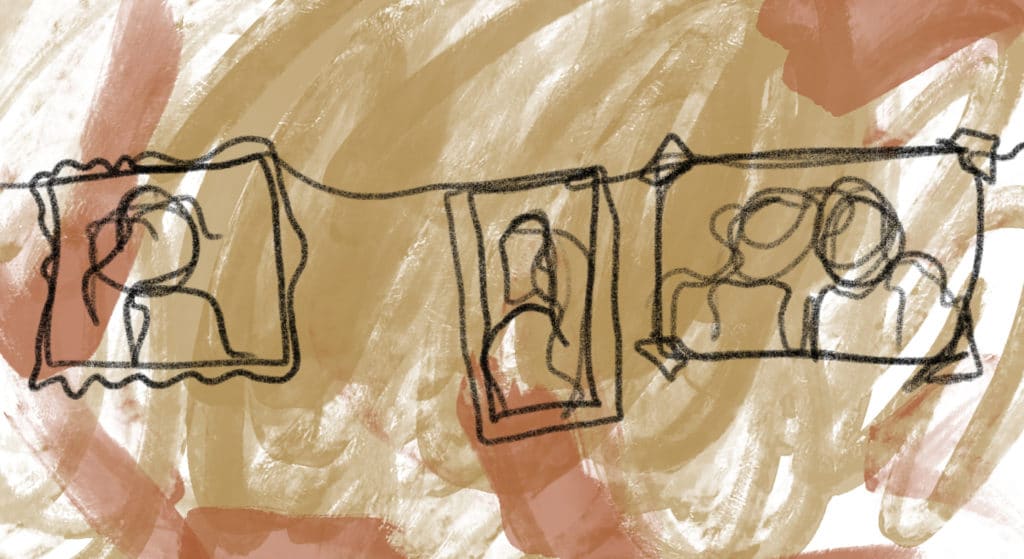
In his talk Loving the Two Halves of Life, Richard describes the questions we focus on in the first half of life:
I first read the phrase “first half of life” in the work of Swiss psychologist Carl Jung (1875−1961) years ago. It made sense to me then, but I probably was too young at that point to recognize how true it would eventually become. In short—and this is my layperson’s interpretation of Carl Jung—he would say that the first half of life is the task that we think is our primary task. The second half of life is really the task within the task that a lot of people never get to because they’re so preoccupied with the first task, which is all about making money, getting an education, raising children, and paying a mortgage. It’s about tradition, law, structure, authority, and identity. It’s about why I’m significant, why I’m important, why I matter, why I’m good.
Most of us are so invested in these first-half-of-life tasks by the age of forty that we can’t imagine there’s anything more to life. But if we stay there, it remains all about me. How can I be important? How can I be safe? How can I be significant? How can I make money? How can I look good? And how can I die a happy death and go to heaven? Religion itself becomes an evacuation plan for the next life, as my friend and colleague Brian McLaren says, because we don’t see much happening of depth or significance in this world. It largely remains a matter of survival.
I’m sad to say, after fifty-five years as a priest, I think a lot of Christians have never moved beyond survival questions, security questions, even securing their future in eternity. First-half-of-life religion is an insurance plan to ensure that future. In this stage, any sense of being a part of a cosmos, of being part of a historical sweep, that God is doing something bigger and better and larger than simply saving individual souls (and my own soul in particular) is largely of no interest to us. I don’t think I’m exaggerating. That’s all the first half of life can do.
It’s clear that if someone wants to be elected to a political office in the United States or any country, all they need to do is assure people of safety. Bill Plotkin, who’s been such a wonderful influence on so many people in recent decades, speaks of the first half of life as our survival dance, and the second half of life as our sacred dance. [1] Most people never get beyond their survival dance. It’s just identity questions, boundary questions, superiority questions, and security questions. We would call them ego questions, but they’re not questions of the soul.
The soul moves beyond questions of security and importance because it has discovered that it is absolutely important.
References:
[1] Bill Plotkin, Soulcraft: Crossing into the Mysteries of Nature and Psyche (Novato, CA: New World Library, 2003), 84–85.
Adapted from Richard Rohr, Ronald Rolheiser, and Edwina Gateley, Loving the Two Halves of Life: The Further Journey (Albuquerque, NM: Center for Action and Contemplation, 2011). Available as MP3 download.
Image credit: A path from one week to the next—Benjamin Yazza, Untitled 13 and 7. Jenna Keiper, Bisti Badlands. Used with permission. Click here to enlarge image.
A hawk judges its environment for survival and eventually takes flight.
Story from Our Community:
My wife and I retired from our respective professions eleven years ago, bringing closure to the “first half” of our lives which were focused on earning a living, raising a family, and securing our future. One began volunteering each year in Vietnam and Cambodia and have done so ever since. Working with the most wonderful caring and committed locals has brought the greatest joy, love and fulfillment into our daily lives. In these autumnal years, we’ve been blessed to taste something of the “second half” of life. It’s absolutely wonderful! —John Q.




